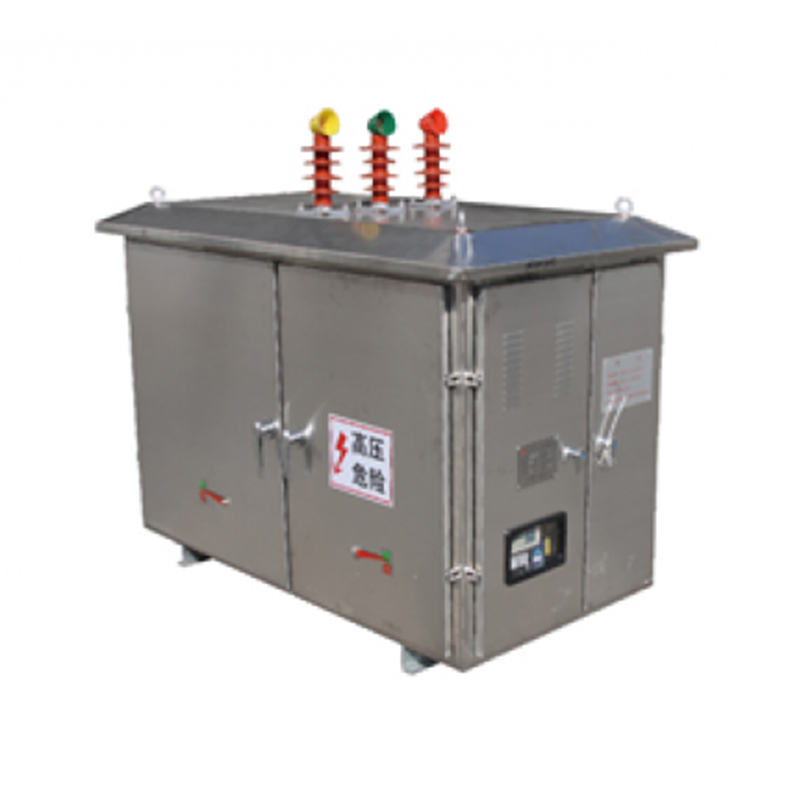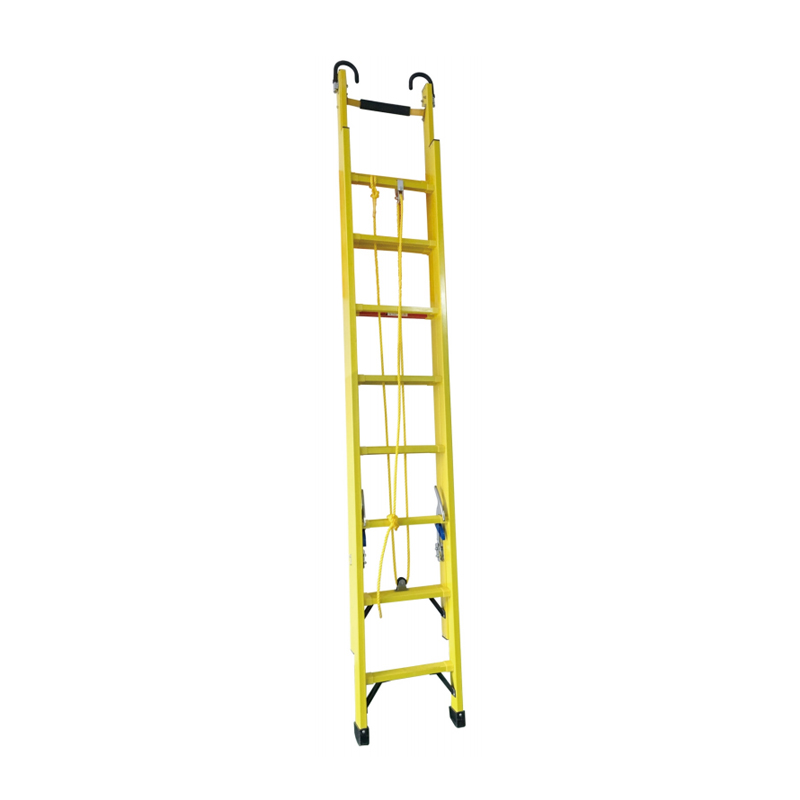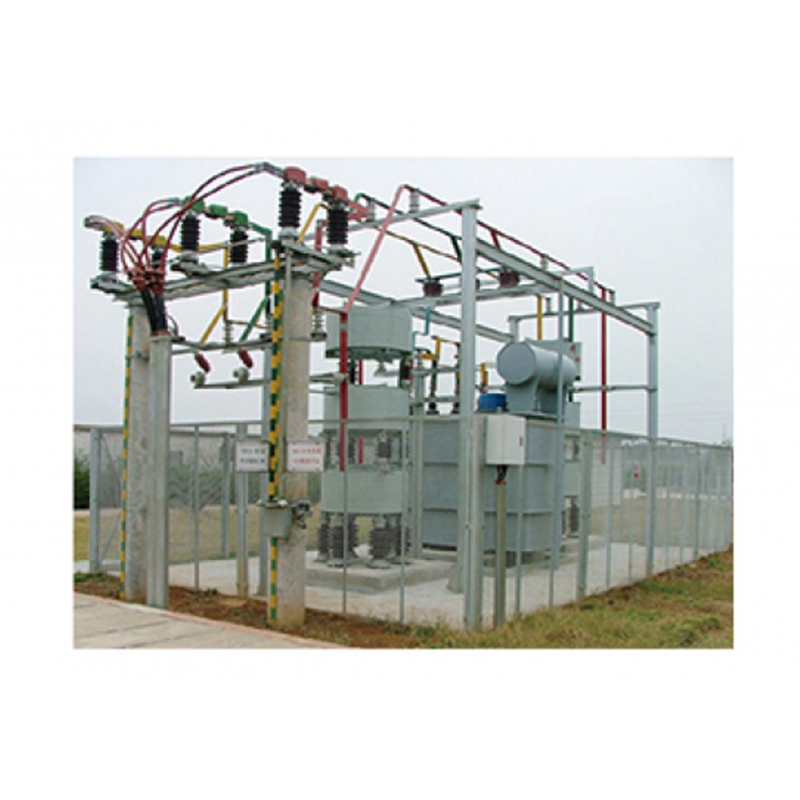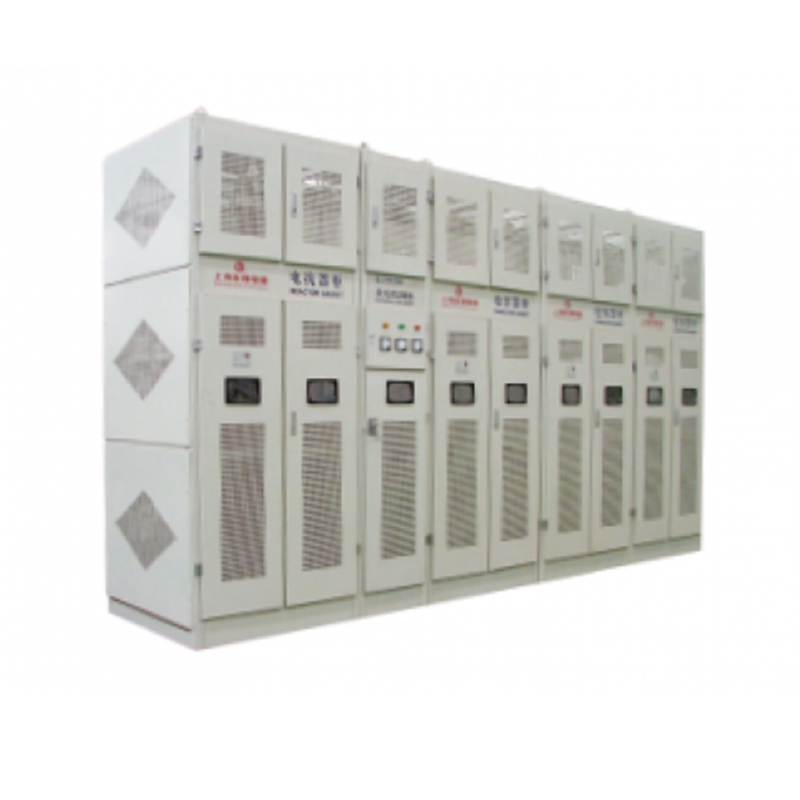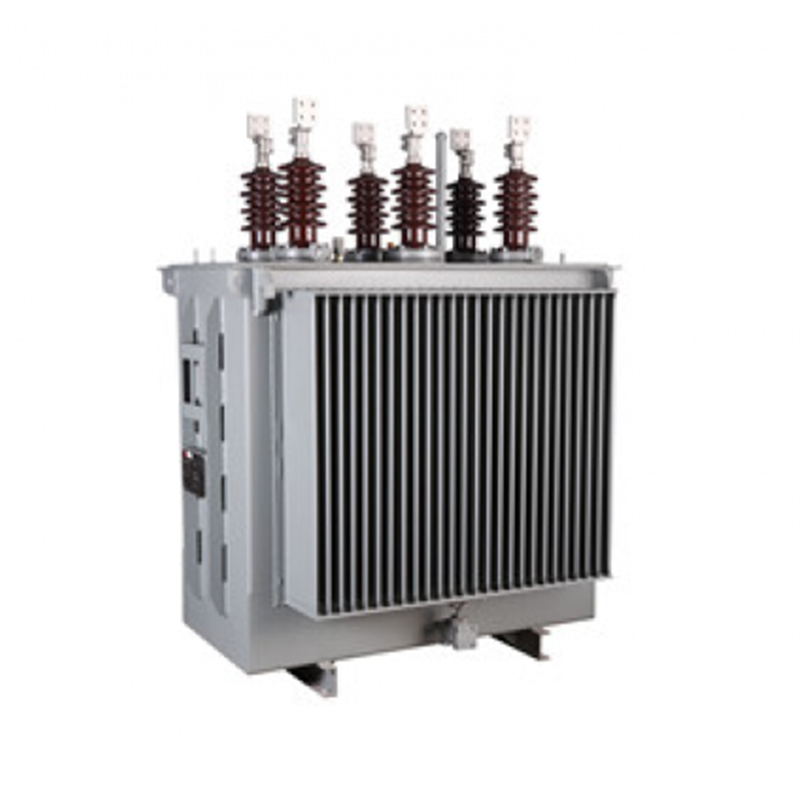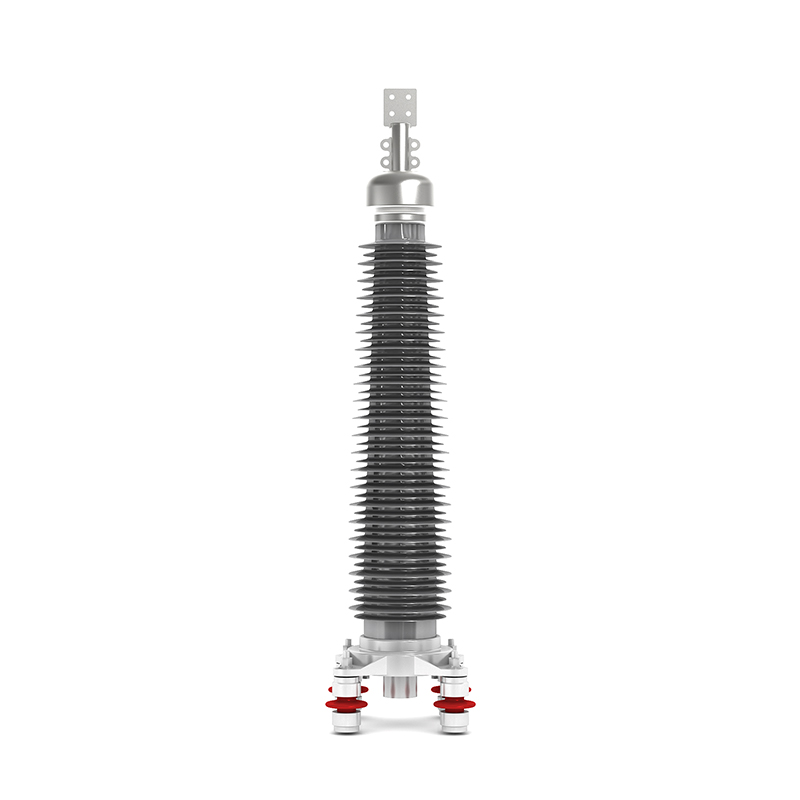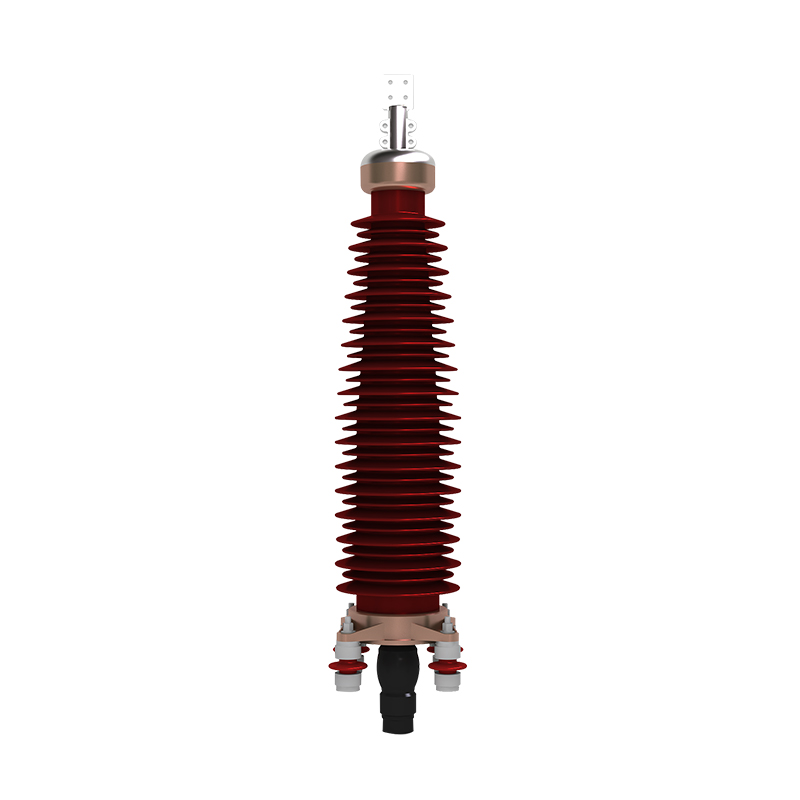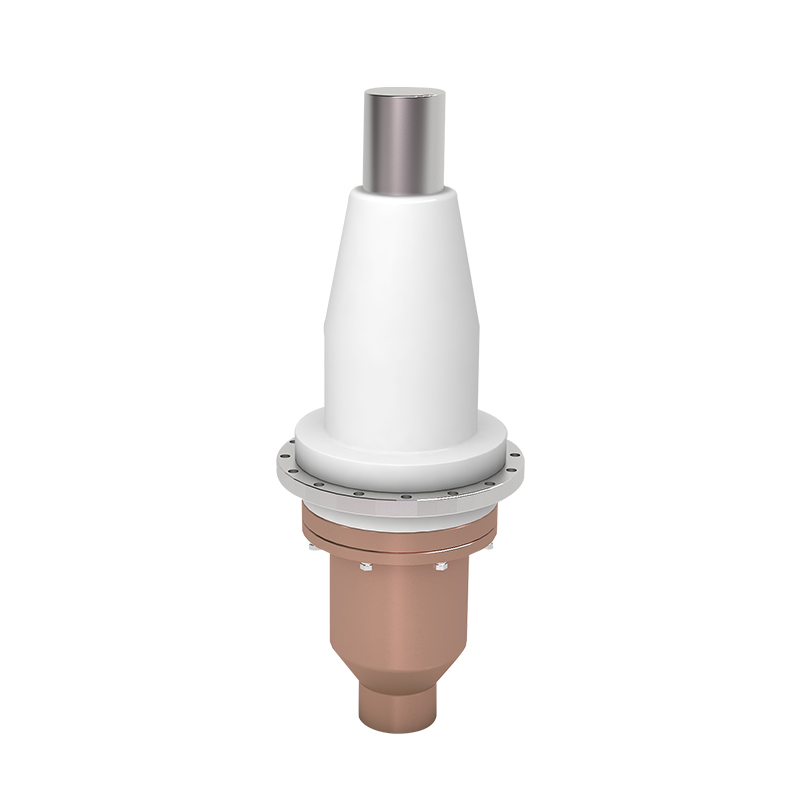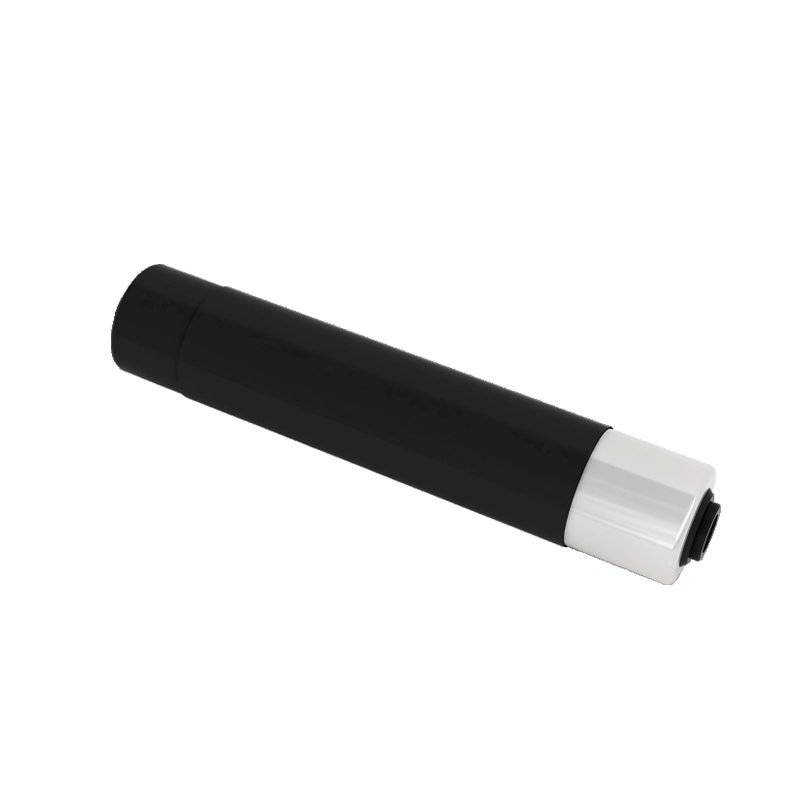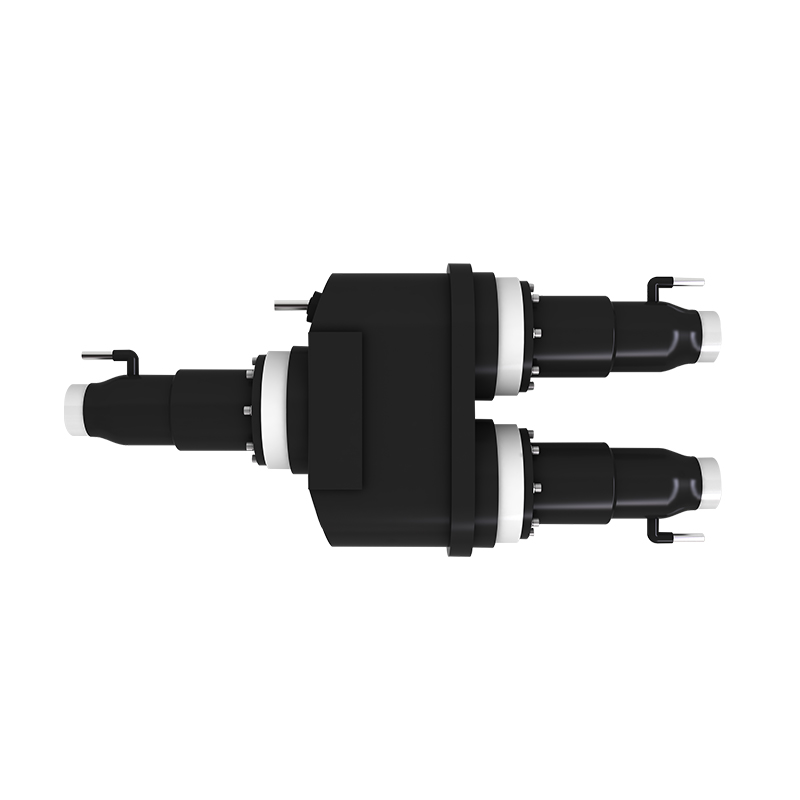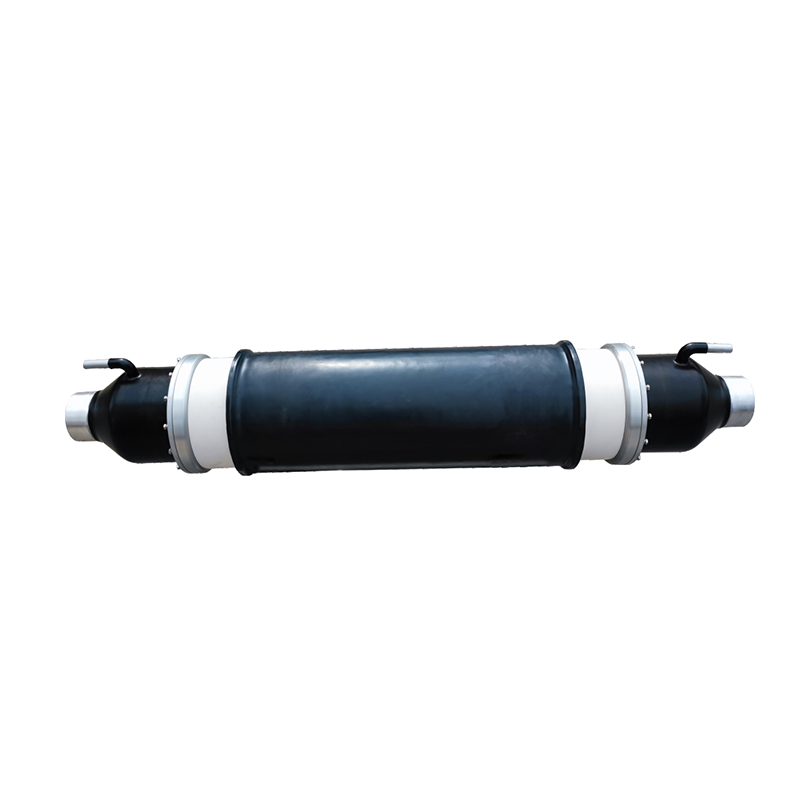Essential Tips for Maintaining and Inspecting Electrical Cable Joints
Wholesale Extension Cord Splice Kit Price

Electrical cable joints are critical components in power distribution systems, ensuring that different sections of cables are properly connected and continue to transmit electricity without interruption. These joints, which can be found in various applications ranging from residential wiring to industrial systems, are susceptible to wear and tear over time. Regular maintenance and periodic inspections are essential to keep them functioning properly and to avoid potential failures. The importance of understanding how to care for electrical cable joints cannot be overstated, as neglecting this task can lead to unexpected outages, increased costs, or even hazardous conditions.
One of the most important aspects of maintaining electrical cable joints is to check for any visible signs of damage. Over time, cable joints may develop cracks, loose connections, or signs of corrosion, which can undermine their performance. These issues might not be immediately apparent but can worsen if left unchecked. Regularly inspecting the condition of electrical cable joints helps identify potential problems before they escalate. During an inspection, it's critical to ensure that each joint is secure and that no part of the connection has shifted or become loose. Any loose or compromised joints should be tightened or reconnected as needed.
Temperature changes can have a significant impact on electrical cable joints. Over time, exposure to extreme heat or cold can cause the materials used in the joint to expand or contract, which might weaken the connection. Electrical cable joints are designed to withstand a certain range of temperatures, but consistent exposure to temperature fluctuations can affect their integrity. To prevent any adverse effects, it's essential to check the insulation around the joint for any signs of deterioration caused by temperature stress. If the insulation has become brittle or cracked, it may be necessary to replace it to ensure the cable joint remains effective.
Another critical factor in maintaining electrical cable joints is to monitor for signs of moisture or water infiltration. Electrical cables and joints can be vulnerable to water exposure, which may lead to corrosion or short-circuiting if not addressed quickly. Moisture can enter the joint area through damaged insulation or improper sealing. It's important to inspect the sealing materials around the cable joint, particularly if the joint is located in an area that’s exposed to rain, humidity, or other forms of water exposure. Seals should be intact and free of cracks or gaps that might allow moisture to penetrate. If any moisture is detected, the affected joint should be dried out and resealed immediately to prevent further damage.
While visual checks are important, conducting electrical tests on the cable joint can provide a more comprehensive assessment of its condition. A multimeter or other testing equipment can be used to measure the continuity and resistance of the joint, ensuring that it is conducting electricity properly. If the resistance at the joint is too high, it could indicate that the connection is not secure or that there is a fault within the joint itself. Regular testing of electrical cable joints allows for early detection of such issues, ensuring they can be addressed before causing significant problems.
The environment in which electrical cable joints are installed also plays a major role in their maintenance. For example, joints located underground or in areas subject to heavy vibrations may be more prone to wear and damage. Regularly checking the integrity of these joints can prevent costly repairs and downtime. In locations where the cables and joints are exposed to harsh chemicals, high levels of dust, or physical impact, special attention should be given to the sealing and protective materials around the joints. Using the right type of protective covering and ensuring it remains intact is an essential part of preserving the life of electrical cable joints.
In addition to the physical inspections and tests, it's also crucial to keep a maintenance log for all electrical cable joints. This log should include details such as the date of the last inspection, any issues identified, and the corrective actions taken. Keeping an accurate record of maintenance activities helps track the health of the electrical cable joints over time and ensures that necessary follow-up actions are not missed. It also provides valuable information that can help identify patterns or recurring issues that may require more comprehensive attention.
Lastly, it's important to note that electrical cable joints are not meant to last indefinitely without attention. As the system ages, the joints may need to be replaced. Knowing when to replace an electrical cable joint is just as important as maintaining it. If a joint shows signs of significant wear, such as severe corrosion, excessive heating, or permanent deformation, it should be replaced promptly to avoid any risk of failure. Regular inspections and maintenance can help extend the life of electrical cable joints, but timely replacement is crucial to maintaining the overall safety and efficiency of the system.
In conclusion, electrical cable joints are essential to the functionality of electrical systems, and proper maintenance is key to their longevity and reliability. Routine inspections for damage, temperature stress, moisture, and corrosion, along with regular electrical testing, can help prevent issues before they cause significant damage. The environment in which the joints are installed and maintaining accurate maintenance logs are also crucial to keeping electrical cable joints in top condition. By prioritizing the upkeep of these connections, systems can run smoothly and efficiently, minimizing the risk of unexpected failures and costly repairs.
News
Recommended News
Recommended Products
The variety of models, to meet the development needs of various regions in the world.
-
Add: No. 508, Dongye Road, Dongjing Town, Songjiang District, Shanghai
-
Tel: +86-13757652508
-
E-mail: [email protected]
 English
English 中文简体
中文简体 русский
русский Español
Español عربى
عربى